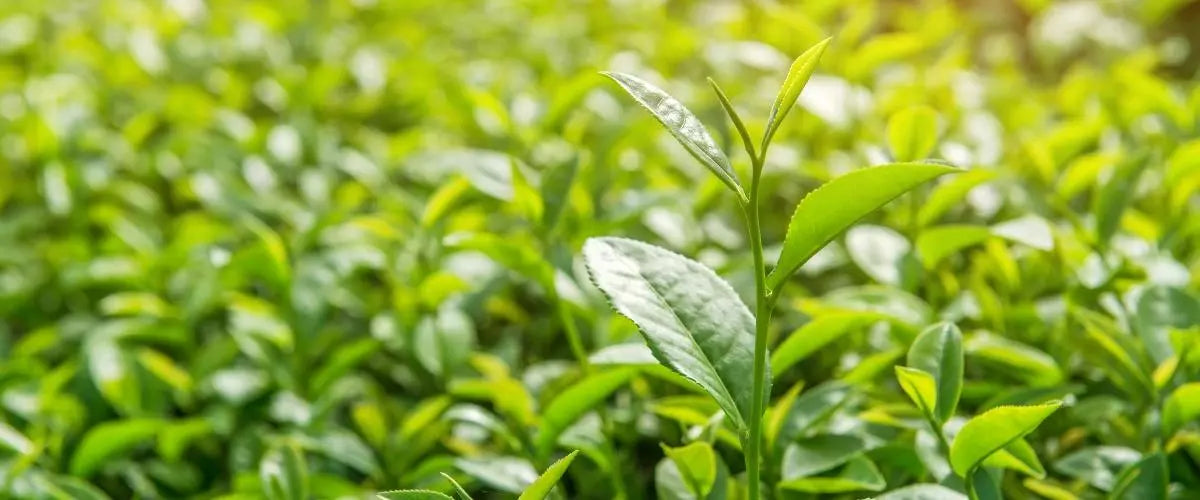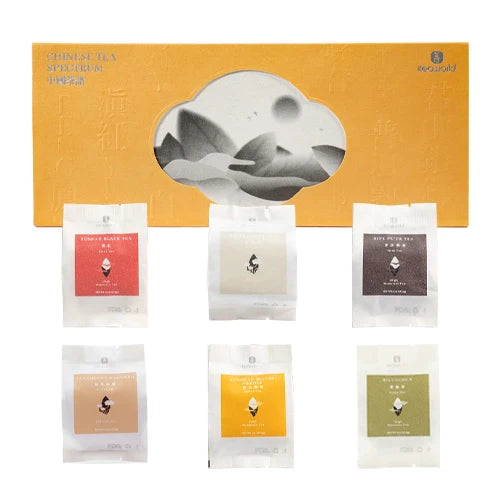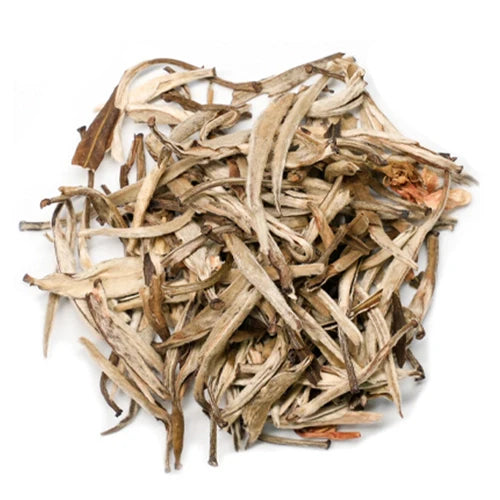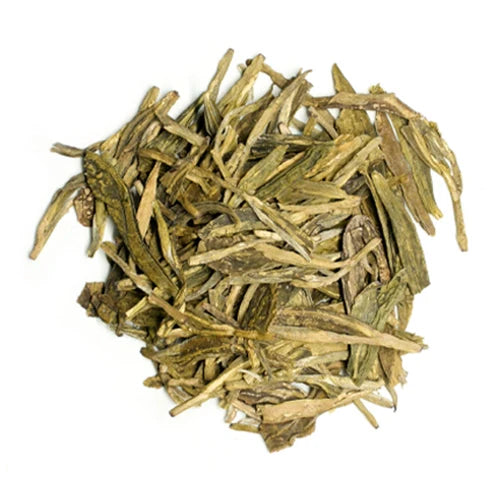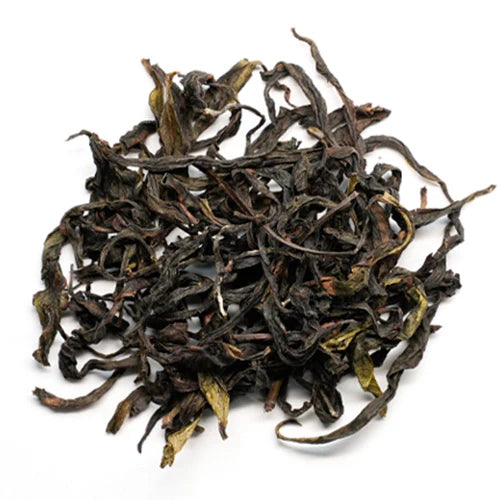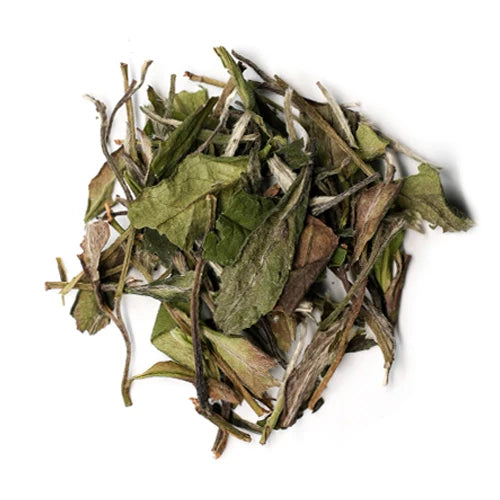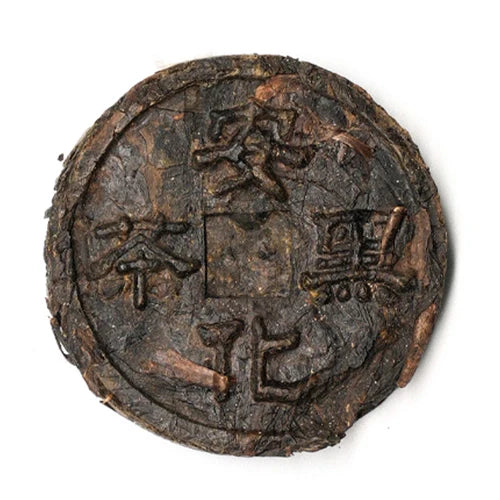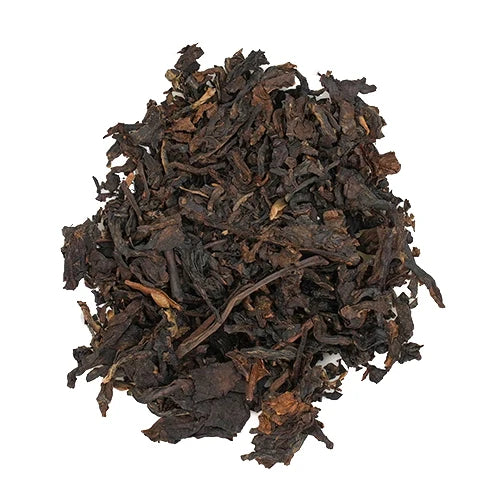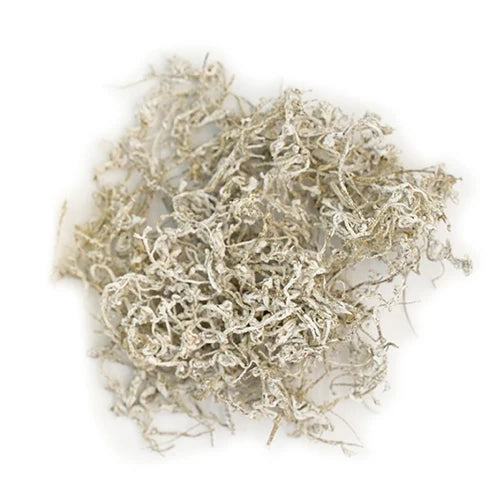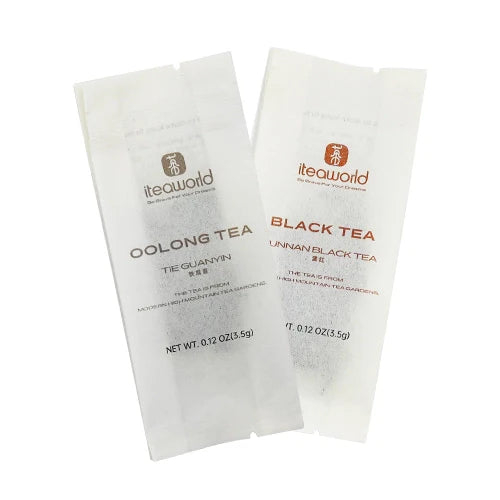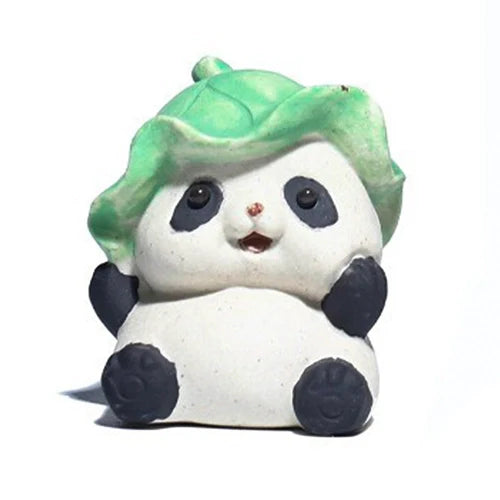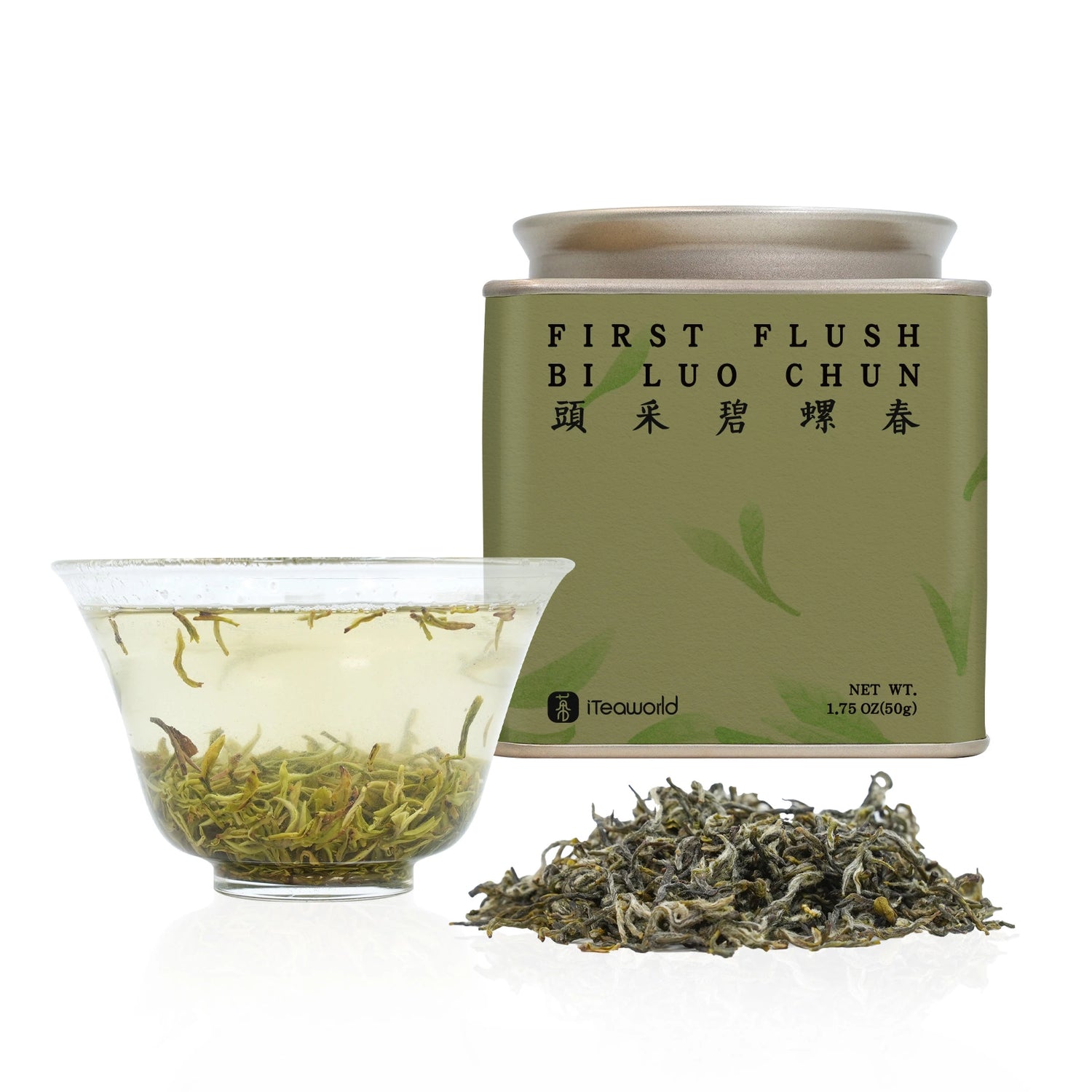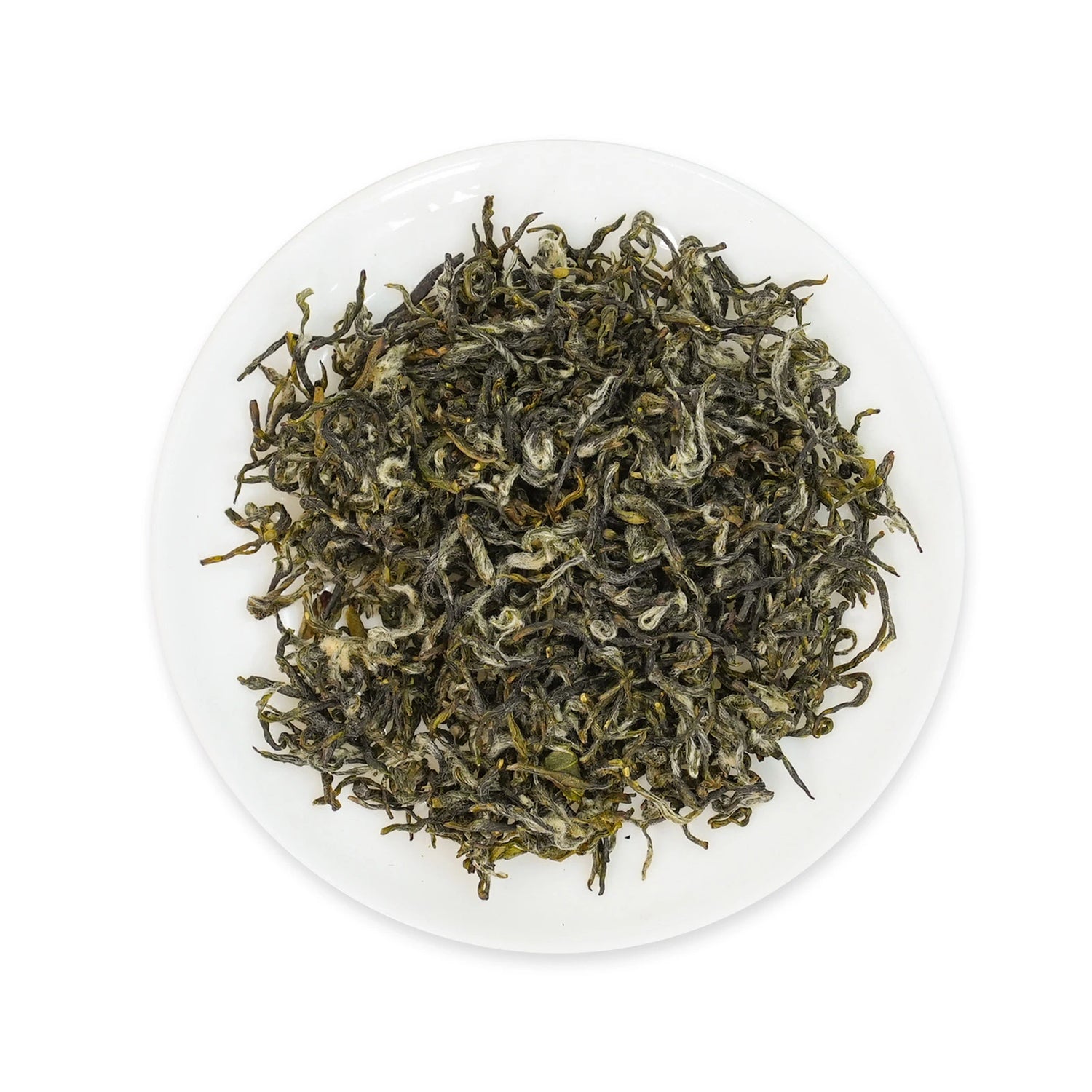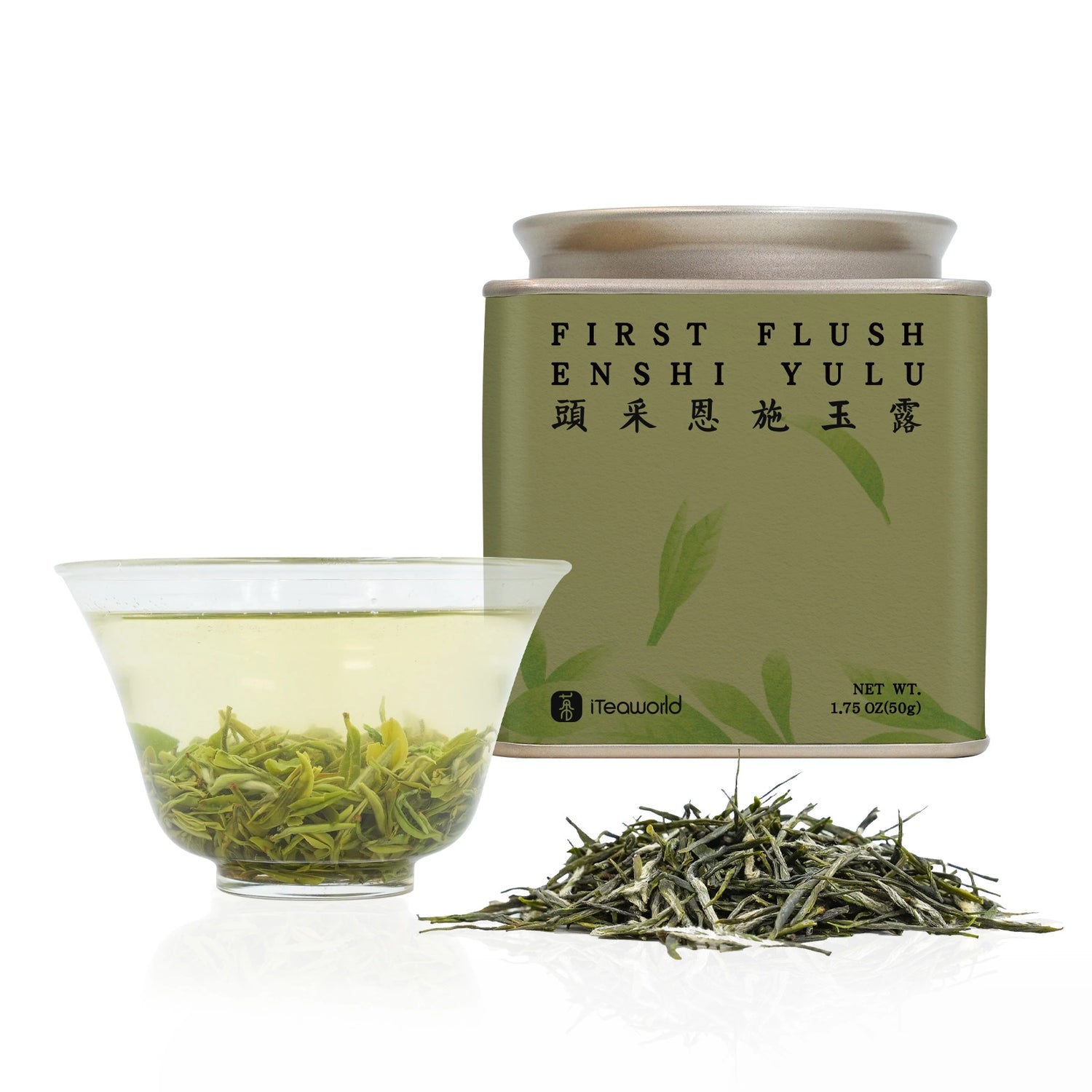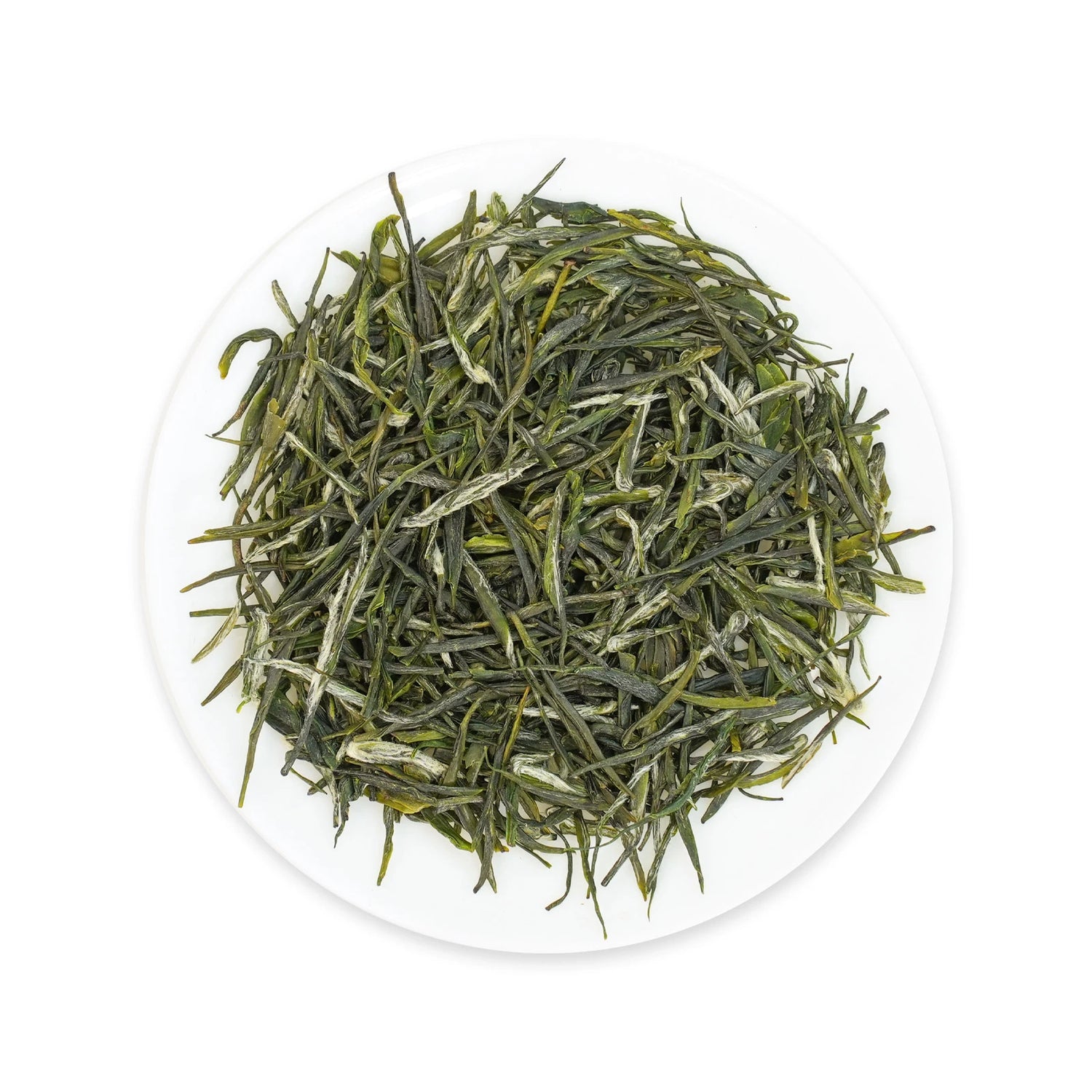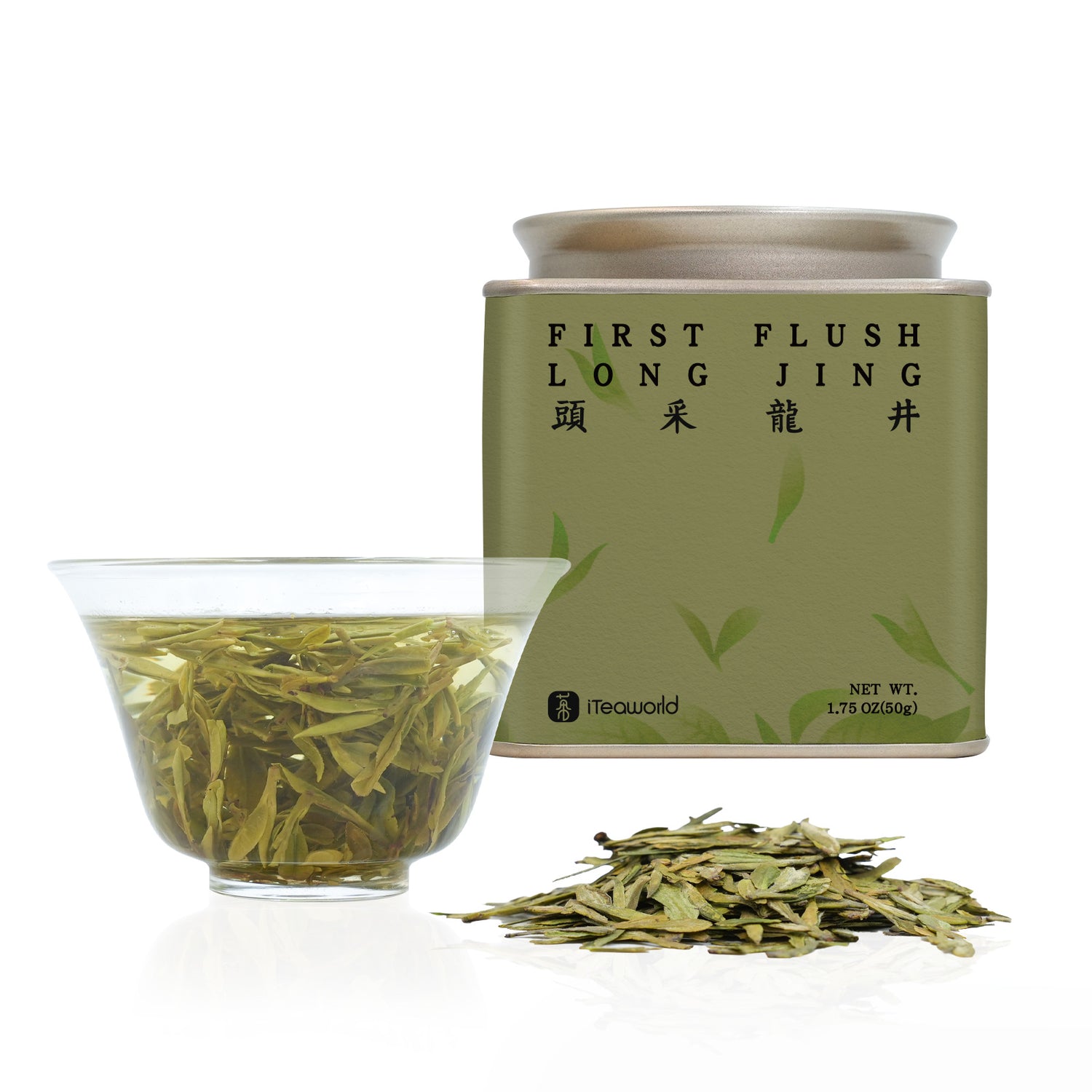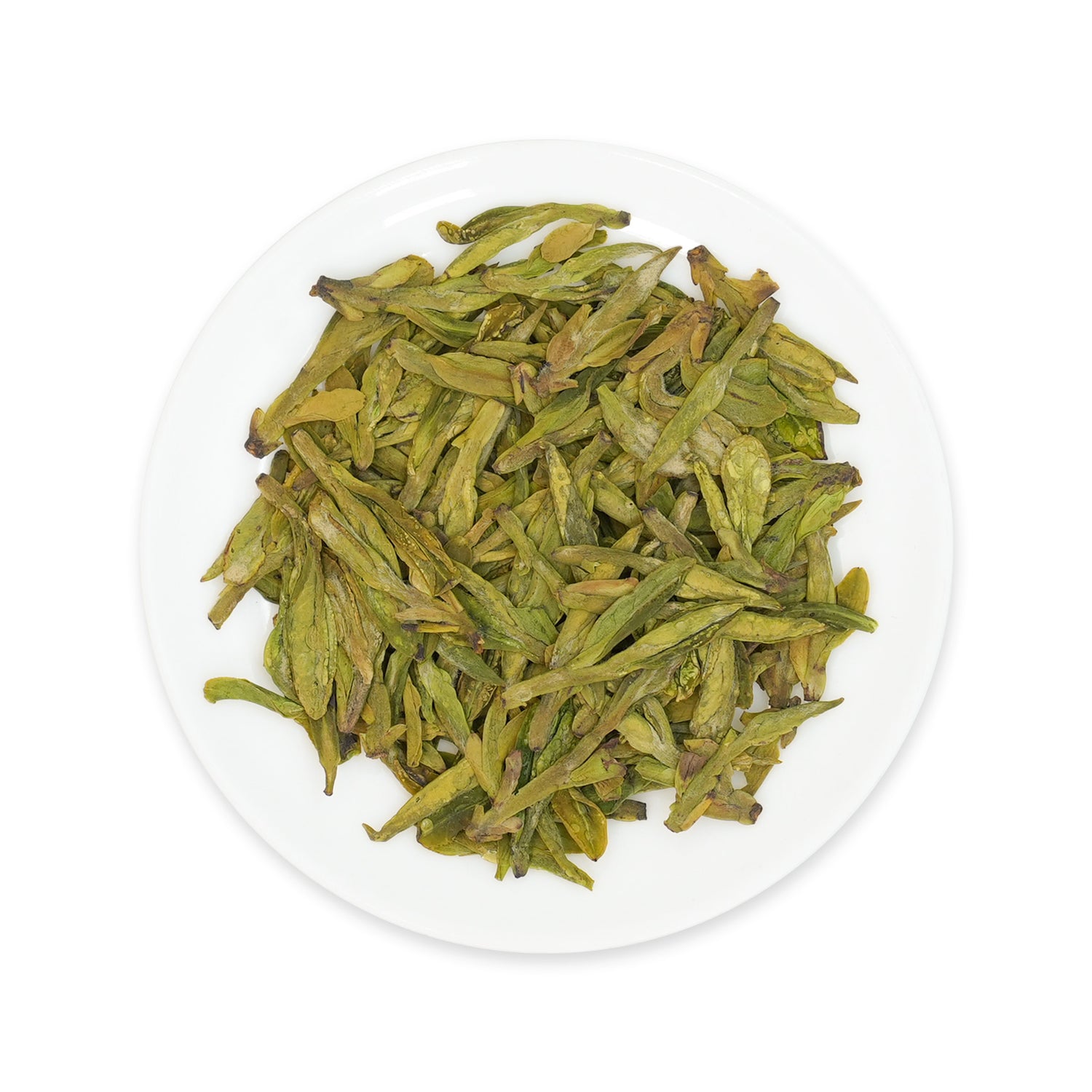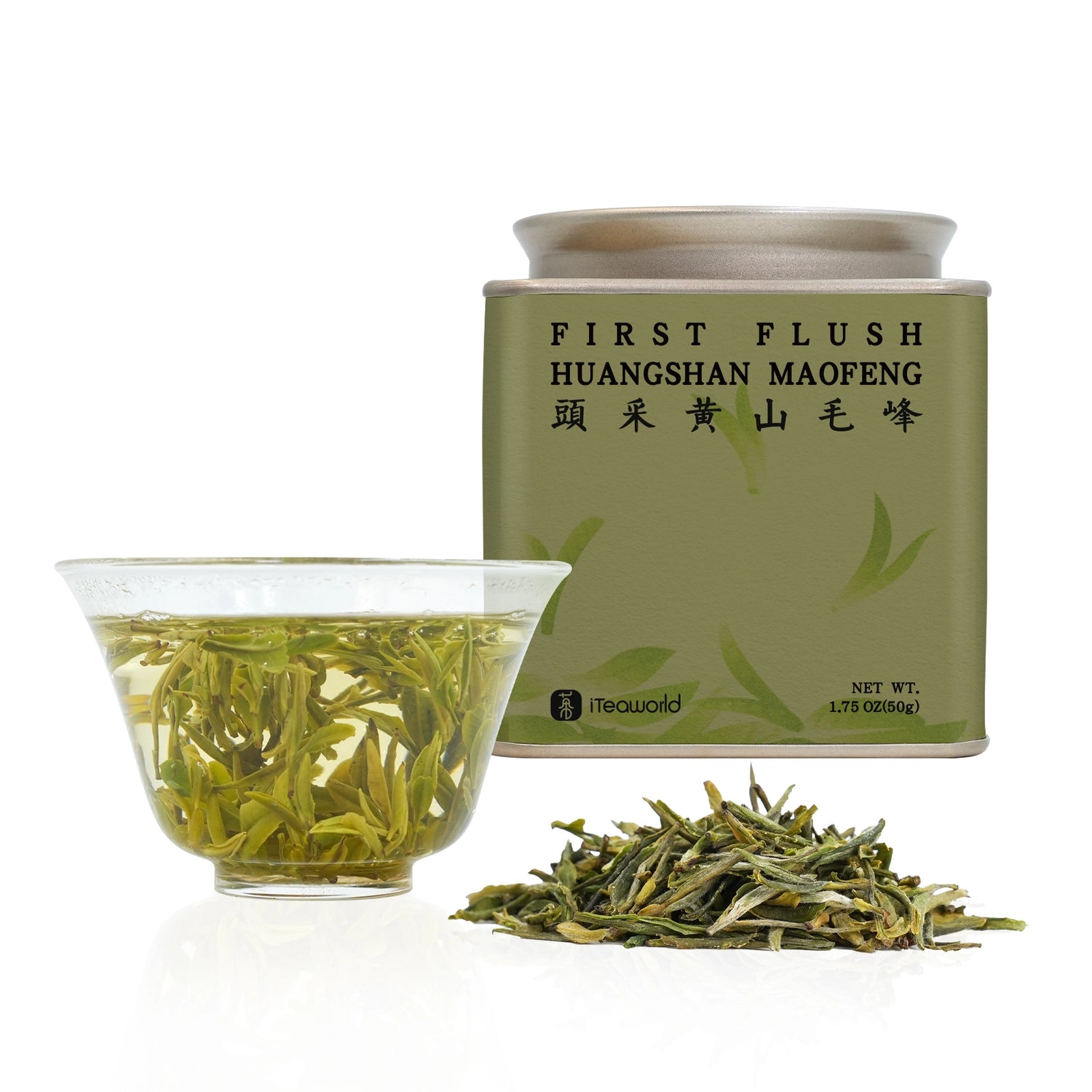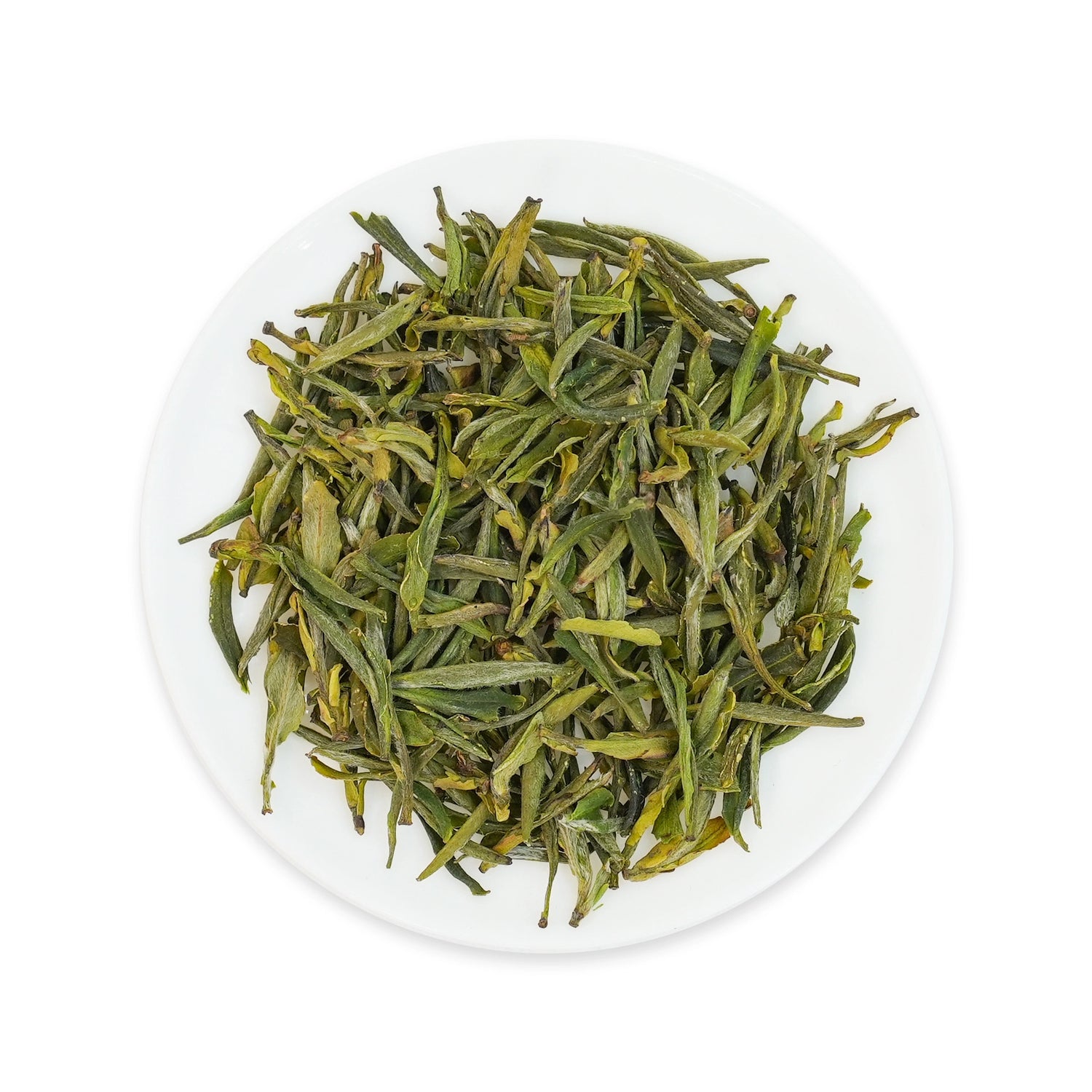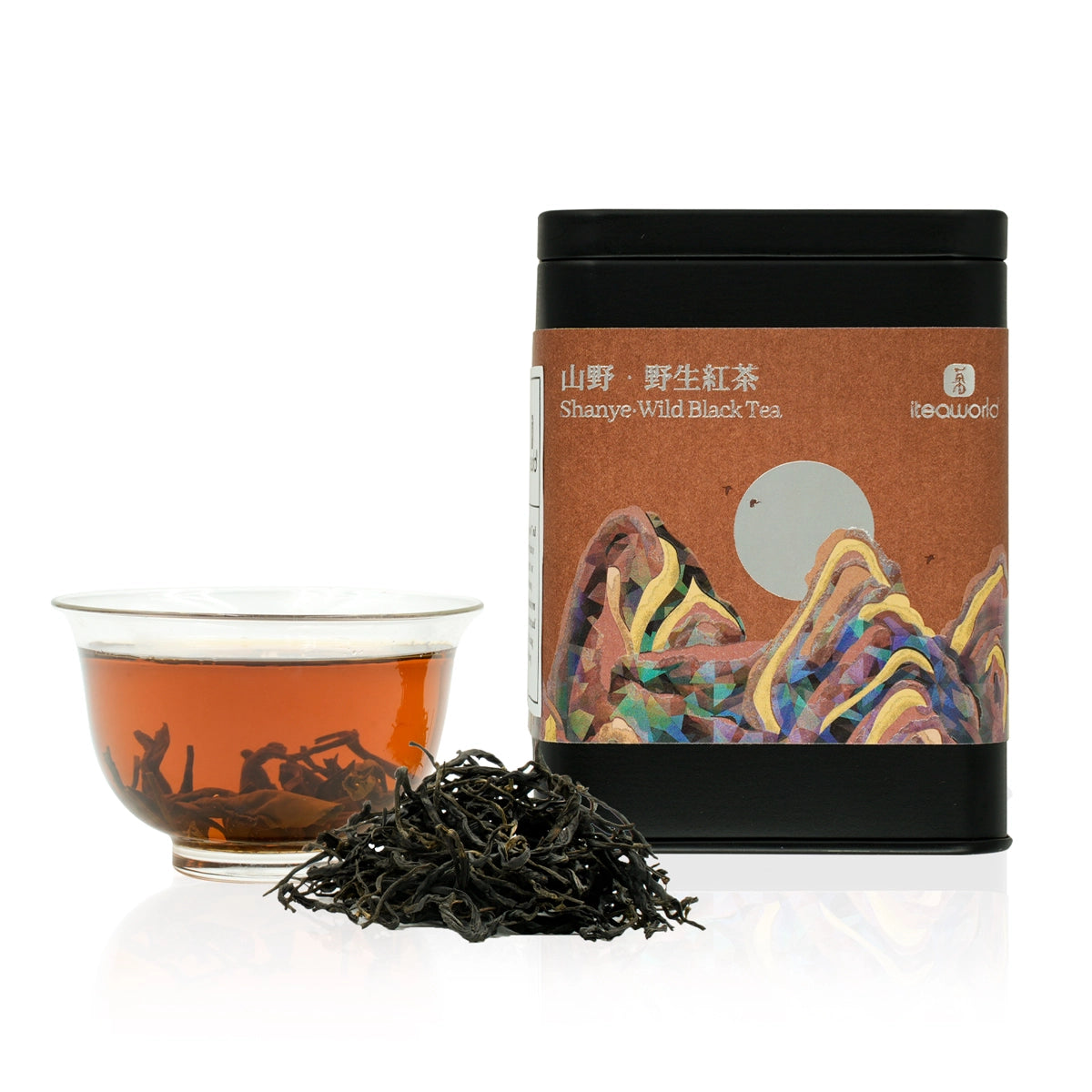What Makes a Tea Truly Natural? Its Origin Story.
Drinking tea may seem simple—but behind each cup lies a story of sustainability.
Did you know that how tea is grown affects not only its flavor, but also the planet?


Modern tea cultivars fall into two categories:
Seed propagation Variety VS Clonal cultivars
Seed propagation Variety(Qunti Variety,群体种)
Like Heirloom Tomatoes or Ancient Forests
These tea bushes are grown from seeds, not cuttings.
Clonal cultivars ( asexually propagated,无性系品种)
Like Bananas or Cultivated Roses
These come from a single “ideal” mother plant, cloned repeatedly to produce uniformity.
The difference

🌱 Root & Appearance
Seed propagation Variety develop deep taproots for better drought resistance. Each plant is unique in shape and leaf size.
Clonal cultivars have shallow roots and grow uniformly—visually neat but less adaptable.

🌿 Resilience
Seed propagation Variety have diverse genetics, making them more resistant to cold, drought, and pests.
Clonal cultivars are genetically identical, efficient for farming but more vulnerable to disease.

🍵 Flavor
Seed propagation Variety offer complex, layered flavors and express terroir beautifully.
Clonal cultivars are consistent and suitable for mass production, but often lack depth.
Why Seed propagation Variety Are Disappearing
Despite its many advantages, Seed propagation Variety(Qunti Variety) is quietly disappearing from today’s tea landscapes.

The reason
1.Low Economic Efficiency
Due to the diverse shapes and uneven growth rates of seed-grown tea plants, harvesting is often done manually, which leads to higher labor costs and lower economic returns.
2.Market Trends
Because of their genetic diversity, seed-grown teas often vary in taste. To ensure consistent quality and large-scale production, many producers prefer more “efficient” clonal varieties.
3.Policy Dilemma
Caught between ecological protection and yield maximization: some regions cut down ancient seed-grown tea trees to plant high-yield clones, while in others, the commercial hype around “ancient tree teas” leads to overharvesting and ecological damage.
Why It Matters
Tea Trees as Living Biodiversity Archives

🌱 Seed-grown Tea Trees: Living Biodiversity
Each seed-grown tea plant is genetically unique—a survivor of natural selection. These plants hold valuable traits for resilience and adaptation.
"Every lost gene is a lost solution for the future."
🍃 Biodiverse Tea Gardens: Self-Sustaining Ecosystems
In ancient gardens like Jingmai, tea trees coexist naturally with forest trees and ground plants. No pesticides needed for centuries—nature maintains balance.
Why Qunti Tea Gardens Can Thrive Without Chemicals
- Genetic Diversity = Natural Immunity
Every tree is genetically different, forming a community with built-in resistance to pests and disease—no pesticides needed. - A Multi-Layered Ecosystem
Tall trees, tea bushes, and ground plants grow together. Insects have natural predators, keeping the system in balance. - Soil Health & Nutrient Cycling
Rich in organic matter and microbes, the soil stays fertile without chemical fertilizers.
This aligns with the World Environment Day mission: shifting toward regenerative, eco-friendly farming.
In contrast, monoculture clonal farms lead to:Soil degradation, High dependency on chemicals,Poor climate resilience
In One Line:
Protecting seed-grown tea trees(Qunti Variety) means preserving the biodiversity behind every cup!
Why We Choose Qunti Variety Teas
Richer flavor.
Each tree grows from a single seed, so every leaf is different. The taste is more complex and layered — every cup is truly one of a kind.
Better value.
Seed-grown teas often come from remote regions. By working directly with local farmers,
we cut out the middlemen and get high-quality teas at better prices — while also supporting the people who actually grow the tea.
It matters.
Seed-grown tea carries the cultural legacy of biodiversity and traditional farming. This is the path toward true sustainability.
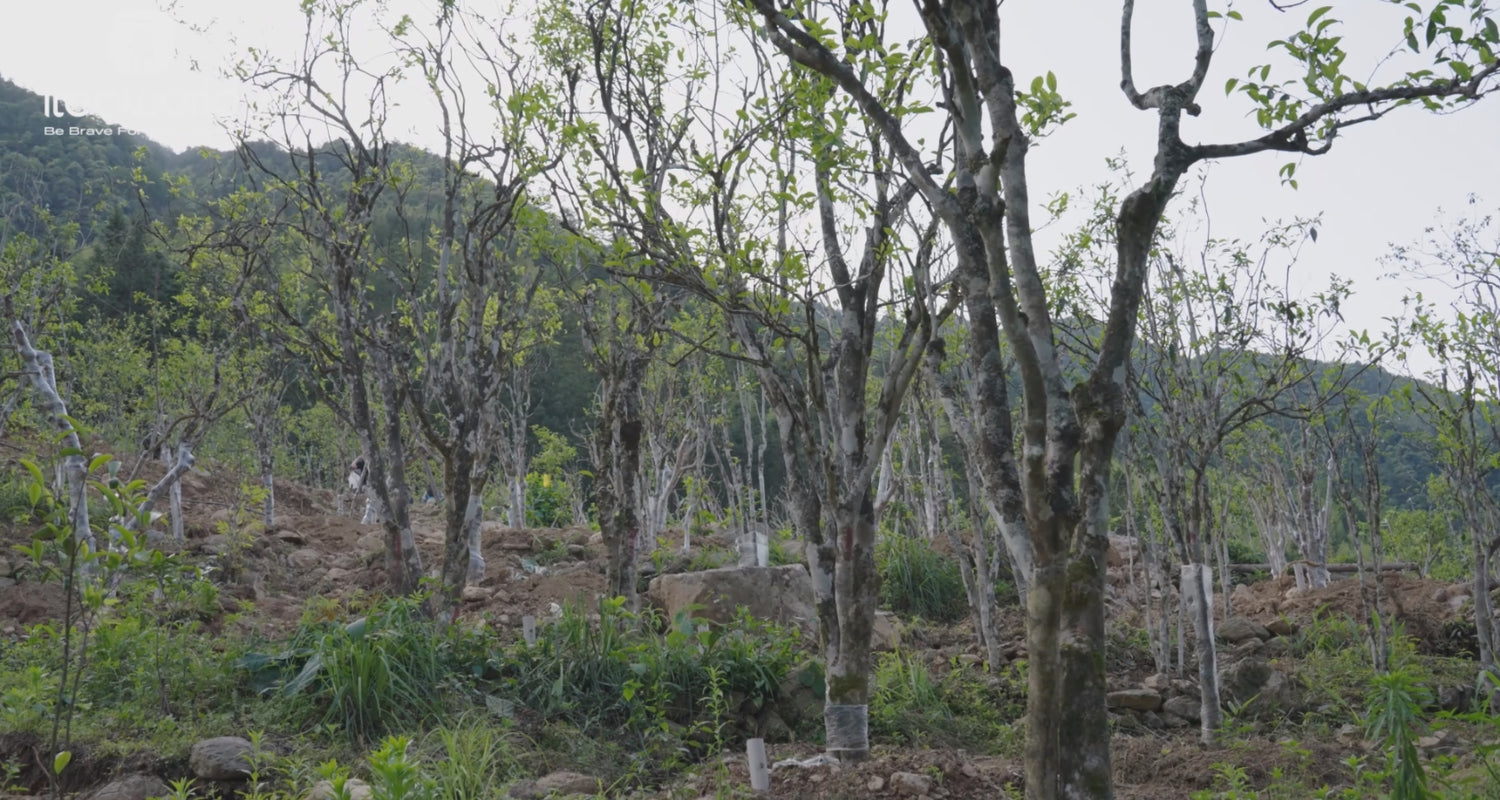
🌿 What We’re Doing to Support Biodiversity
Since 2015, we've been working to protect the wild ancient tea trees in Guilin, Guangxi.
In this remote mountain forest, we’ve preserved over 4 million square meters of ecological tea habitat, where wild tea trees grow naturally—free from human interference.
We harvest only once a year, respecting the rhythm of nature.
We also work with local tea farmers in remote regions, sourcing wild tea from their native forests.
Whenever possible, we choose seed-propagated Qunti varieties, not just for their rich, layered flavors—but because they’re part of our long-term vision for biodiversity and sustainability.
Because protecting tea is protecting the planet.
More Actions About Sustianability

1. Wild-Grown Ancient Trees
We harvest tea from abandoned and wild tea gardens, where old trees grow naturally — untouched by fertilizers or pesticides.

2.Support for Remote Farmers
We are committed to working directly with tea farmers, eliminating middlemen to ensure they receive more substantial income and have opportunities to improve their tea-making techniques.
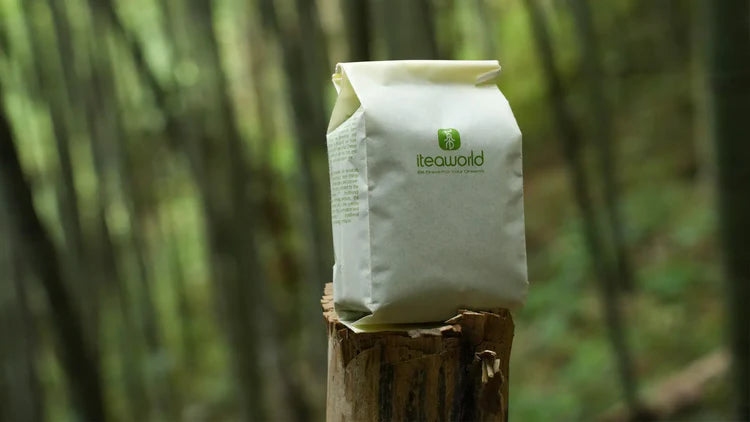
3. Eco-Friendly Packaging
We use recyclable iron tins, FSC-certified paper, and biodegradable corn-fiber tea bags.

4. Traditional Tea Craftsmanship
Hand-picked, sun-withered, and roasted using wood charcoal — our teas are made using low-energy, low-impact methods.





